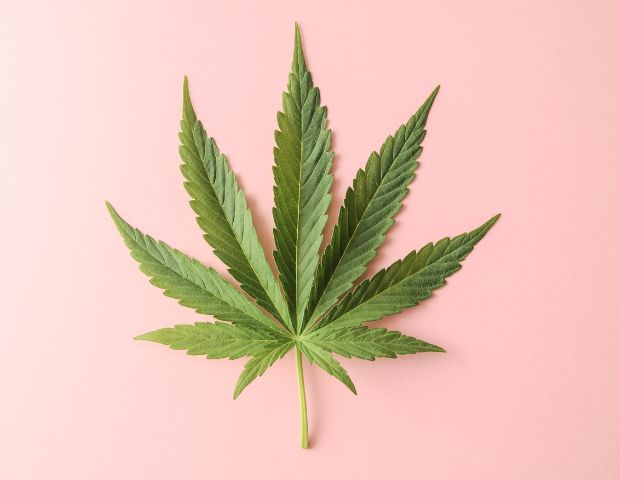
THC gummies, with their discreet and easy shape, have become extremely popular among cannabis fans looking for a tasty and precise way to absorb tetrahydrocannabinol. As these tasty sweets make their way into stores and the hands of interested customers, the question arises: How do THC gummies operate in the body? Understanding the complex mechanics that drive their effects is not only intriguing but also necessary for responsible usage.
Digestive journey
When consumed, THC gummies go through the digestive system, beginning in the mouth and ending in the bloodstream. Unlike inhalation techniques like smoking or vaping, which carry cannabinoids straight into the circulation through the lungs, ingested THC undergoes a longer and more metabolically complicated process.
Once swallowed, THC gummies move through the oral cavity and begin to degrade due to saliva and enzymes. This initial step of digestion acts as the entry point into the stomach when the gummies are exposed to a harsh acidic environment that promotes their dissolution.
Absorption in the intestines
As the broken-down components of THC gummies go through the stomach, they eventually reach the small intestine, where the bulk of nutritional absorption happens. The active chemicals, including THC, are extracted from the gummy matrix and released into the surrounding fluids.
Importantly, THC undergoes first-pass metabolism in the liver before entering the bloodstream. Enzymes in the liver convert THC into numerous metabolites, including 11-hydroxy-THC, which has high euphoric characteristics and adds considerably to the total effects felt by the user.
Crossing the blood-brain barrier
Once in circulation, THC and its metabolites travel throughout the body, with a special attraction for the brain. Many drugs struggle to get across the blood-brain barrier, a semipermeable membrane that divides the circulation from the central nervous system. THC, however, has the unique ability to cross this barrier due to its lipophilic nature.
When THC crosses the blood-brain barrier, it interacts with cannabinoid receptors throughout the brain, notably in areas related to mood, memory, pain perception, and hunger management. THC produces psychoactive effects by binding to these receptors, resulting in feelings of pleasure, relaxation, a changed sense of time, and enhanced sensory perception.
Entourage effect
It’s important to understand that THC doesn’t work alone. Cannabis includes several additional cannabinoids, terpenes, and phytochemicals that interact synergistically to regulate its effects, a phenomenon known as the entourage effect. Terpenes, for example, enhance the scent and flavor profile of THC gummies while also providing medicinal benefits.
Furthermore, cannabinoids like cannabidiol (CBD) can reduce some of the negative effects of THC, such as anxiety and paranoia, by interacting with cannabinoid receptors. The interaction of THC and other molecules shows the complexities of cannabis pharmacology and the need to examine the entire spectrum of ingredients when assessing its effects.
THC candies provide a tasty and simple way to experience the medicinal and euphoric benefits of tetrahydrocannabinol. The mechanics underpinning the effects of THC gummies, from their passage through the digestive system to their interaction with cannabinoid receptors in the brain, are both interesting and complex.
FlyBuds is the best option if you are looking for THC gummies in Laguna Niguel. Their marijuana products cannot be shipped outside of California but their full CBD menu is accessible to anyone in the USA. You can contact them by writing to info@flybuds420.com or call (949) 269-7707.